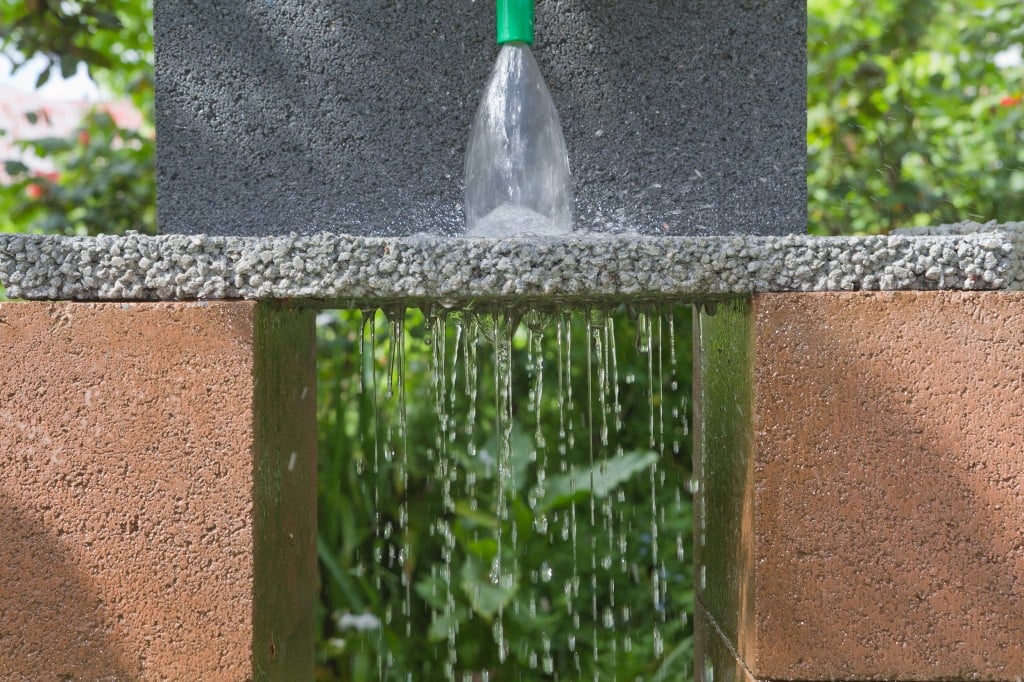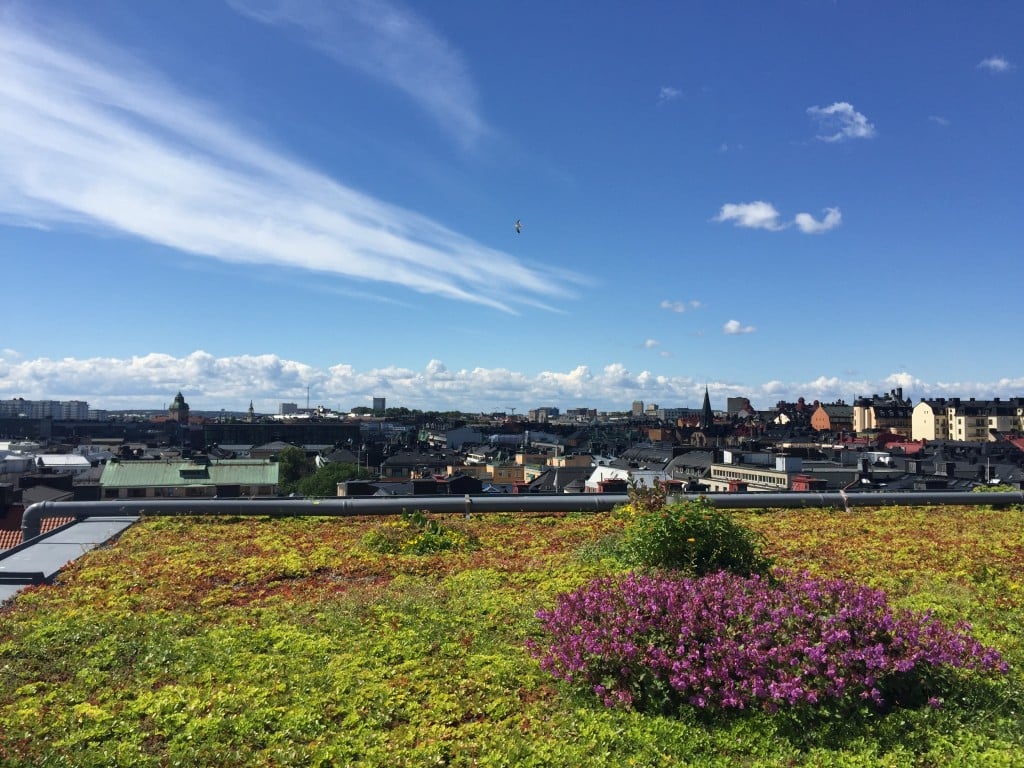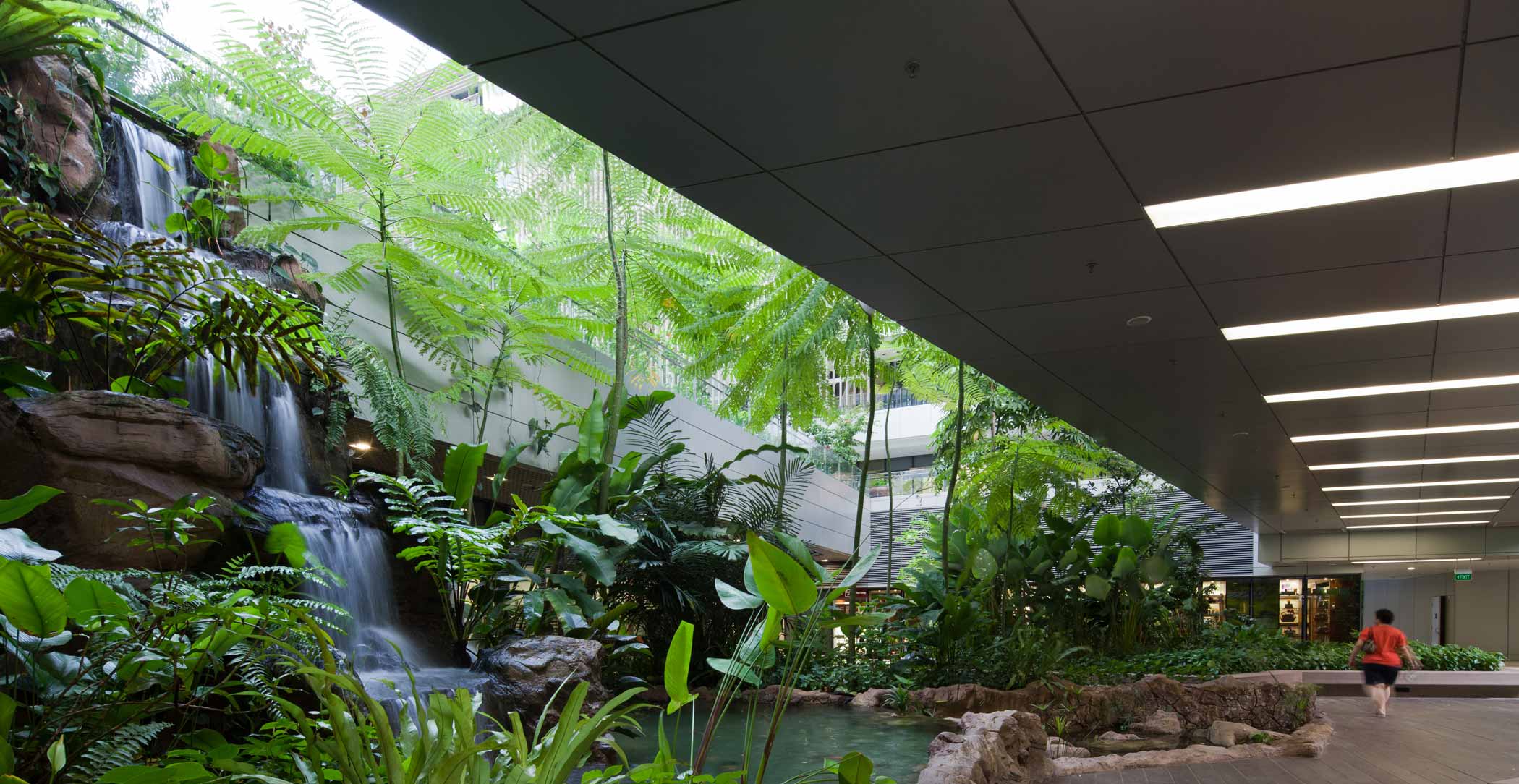Estimated reading time: 2 min
Western society is changing. As the world around us transitions into a less environmentally and economically certain state, it is our duty to ensure we alter society accordingly. That’s why it is vital we ensure low impact developments (LIDs) become commonplace fixtures on the urban horizon within the next decade. The growth in LID technology has been spurred on by an increasingly significant need for effective stormwater management, not to mention the allure of considerably reduced water running costs. Initial LID inventions have laid the foundations for a more sustainable future, but this is just the start. LID technologies are becoming more widespread as businesses and homeowners become more savvy to the financial and environmental potential of ecologically friendly structural design; but as this list will show, there are a wealth of new technologies paving the way for a greener future.
Porous paving
Porous or permeable paving has been an established LID technology for decades now, but its use in projects, regardless of scale, is beginning to take on a fresh significance. The term refers to a range of sustainable techniques and materials that enable stormwater to filter through the surface, trapping pollutants and preventing runoff contaminating nearby water sources. The technology has the added benefit of reducing the flood risk in areas with high levels of precipitation. Urban areas that have trialled the porous paving method have noted a massive reduction in stormwater runoff, with improved water quality saving the developer and the area’s inhabitants in long-term costs.

A demonstration of porous paving in use. Image via JJ Harrison under license CC BY-SA 3.0
Soil amendments
While not the most exciting method of reducing a development’s environmental impact, soil amendments can have a dramatic effect on the levels of rainwater. The method requires a specific combination of wood mulch, coarse sand and compost to ensure maximum absorbance of rainwater, with a reduction in the level of waterlogging post-shower. The real attraction of this method is its simplicity and economic value; the total cost of components is less in proportion to all other methods. With the growing need for better water regulation in both residential and industrial developments, the importance of these methods should not be underestimated.
Tree box filters
These low impact development filters can reduce the amount of stormwater runoff to nearby clean sources (such as rivers and lakes) while also storing the water to be released at a time of lower precipitation. In tropical climates, this can mean a healthy supply of water during the hot season and a reduction in overflow during the wet season. The filters under the trees capture pollutants, which are then filtered out before allowing the excess water to drain into a different area of vegetation. Essentially, the tree box filter adds some natural beauty to urban development’s whilst preventing storm and flood runoff from waterlogging other areas. This method has already been utilised in projects like Khoo Teck Puat Hospital in Singapore (a country heavily reliant on importing fresh water); but with water supplies dwindling and climate change affecting precipitation levels, it looks set to become a key feature of all future urban developments.

Khoo Teck Puat Hospital in Singapore relies on low impact development technology to limit its water use and the impact of stormwater
Bioswale
Bioswale, or grassed swale, is an area of dense vegetation, built downstream of a runoff source where stormwater cannot be absorbed. The bio-swale technique is becoming more popular in residential areas as homeowners and businesses begin to realise the potential to reduce stormwater build up. Bioswale also has the added benefit of releasing the stored water into open areas that receive less rainfall. Grassed swale is becoming a popular means of low impact development with businesses and homeowners because of its simple construction process and the ease with which it can be customized to various sizes and uses, depending on the scale of the project.
Roof gardens
Green roofs have not only helped add some much-needed colour to grey city skylines, they have also helped reduce the amount of overflowing sewerage drains by reducing the level of rainwater falling to the ground below. The method involves filtering, absorbing and retaining rainfall by planting thick vegetation on a structure’s roof. The green roof, or roof garden, is constructed from an impenetrable membrane to prevent leaks into the structure before being covered with lightweight soil and a specially selected mix of vegetation designed to withstand torrential rain and periods of drought. During periods of intense rainfall, the ‘green roof’ absorbs much of the water, limiting the amount of runoff onto already saturated areas. These green roofs are becoming more popular as people begin to realise the potential for a more sustainable living unit, but as the cost of water begins to increase, they are likely to become an essential aspect of the modern home.

A roof garden in Sweden. Image via i99pema under license by CC BY-SA 4.0
RMJM is working hard to confront the issue of water scarcity through intelligent, technologically informed design. Projects like DHA City Karachi, Pakistan’s first sustainable city and the University Town Library in Shenzhen are pioneering large-scale, low impact development technology. As the global climate changes, the need for sustainable initiatives grows ever more pressing. By integrating low impact development technology today, we can ensure future generations enjoy access to clean water at a reduced risk of flooding.



Preventing flooding and alleviating pressure on drainage systems seems to be the focus of much of the above technology. I fear that we will need to make use of every drop we can in the future – especially for food. I think roof gardens and window boxes could become a requirement as water becomes more scarce.
However, most of the above technologies are geared toward areas with typically high levels of rainfall. I would like to know what sort of stuff science has going on for areas with low precipitation. The real scary thing about climate change is that places once temperate could become tropical or arid etc. It wouldn’t be a matter of people gradually moving away from rising sea levels so much as lifestyles and diets being forced to drastically change – even miles away from the sea.